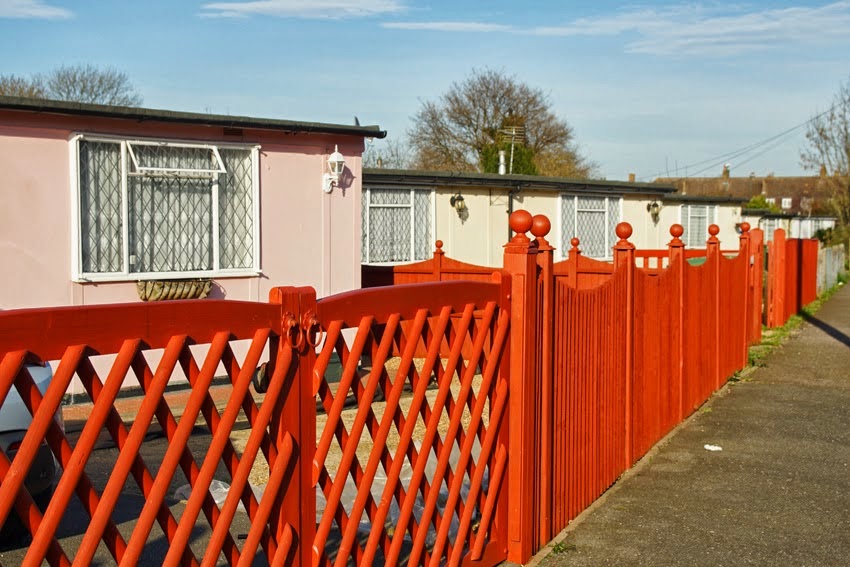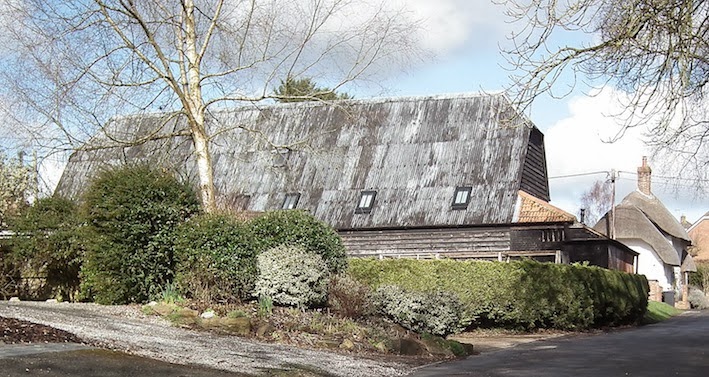What we think about when we think about ruins
The other week I found myself not far from the ruins of White Ladies Priory, a medieval house of Augustinian canonesses in quiet, remote country in Shropshire. You walk up a muddy tree-lined track to the ruins and as you reach the site the trees part and the vista opens up so you take in not just the fragmentary walls of the monastery but also swathes of woods, fields, and rolling hills beyond. There’s not a lot here, but the place is so quiet that in the shadow of these few 12th-century walls you can get a sense of the peaceful life that the five canonesses, their prioress, and their few lay servants perhaps lived until Henry VIII closed the monasteries and forced the White Ladies (so called because of their pale linen habits) to leave.
Ruins, I find, encourage such thoughts about the past, and much else. They seem to bring us close to figures of the past – knights, it may be, or nuns, or canonesses, while at the same time, by their very ruination making the past seem remote. They evoke sympathy with their builders and opprobrium for the vandals, enemies, and demolition men who came after them. They warn us of our own mortality, and point to the disappointments with which our endeavours might end, giving us an image of our own melancholy in the process. They embody the confrontation of art and nature, but also remind us of the softening of the edges that time brings to buildings, the softening that Ruskin, for example, preferred to the hard lines of the new. They open up, in short, space for all kinds of Romantic contemplation of the past and present.
Not all of this is pleasurable, but there is a long tradition of the aesthetic and emotional enjoyment of ruins, an attitude that the Germans call Ruinenlust, a term turned into the English Ruin Lust in the title of an exhibition currently showing at Tate Britain in London. The Tate exhibition traces this back to the Romantics with magnificent pictures of Tintern Abbey (by Turner amongst others), and with Constable’s sketch of Hadleigh Castle. Other highlights include works by Piper, Sutherland, and Paul Nash, Jon Savage’s haunting images of Uninhabited London, and Jane and Louise Wilson’s photographs of Nazi fortifications on the Atlantic Wall. From John Martin’s vast canvas of the destruction of Pompeii to Tacita Dean’s Kodak, an elegy for 16 mm film, it’s thought-provoking stuff, of great visual richness.
And yet I longed for more – on the historical background of ruin-watching, for example. This goes back much further than the Romantic period, especially in literature. A scene in John Webster’s play The Duchess of Malfi (c 1614), for example, has Antonio, the husband of the Duchess, meditating on ruins:
I do love these ancient ruins:
We never tread upon them but we set
Our foot upon some reverend history.
And questionless, here in this open court,
Which now lies naked to the injuries
Of stormy weather, some men lied interr’d
Lov’d the church so well, and gave so largely to’t,
They thought it should have canopy’d their bones
Till doomsday; but all things have their end…
In the first three lines of this speech, Antonio is alluding to John Florio’s English translation of Montaigne’s essays, in which Montaigne himself is quoting Cicero, which shows how far back such thoughts can be traced. Countless Renaissance painters, 18th-century poets, and their successors who are chronicled in the Tate exhibition have had similar thoughts and transmuted them into art. At the ruined priory in Shropshire I was not, I thought, too far from them in spirit as I scraped the mud from my shoes and thought of Charles I, who hid here when he escaped after the Battle of Worcester during the English Civil War and, before him, of the White Ladies walking in the lanes around their isolated church and monastery, 500 and more years ago.
Doorway, White Ladies Priory, Shropshire
- - -
Among the books on responses to ruins are: Brian Dillon, Ruin Lust (Tate Publishing, 2014), produced for the exhibition; Christopher Woodward, In Ruins (Chatto & Windus, 2001); and, best of all, Rose Macaulay’s classic, Pleasure of Ruins (Thames and Hudson, 1966).














